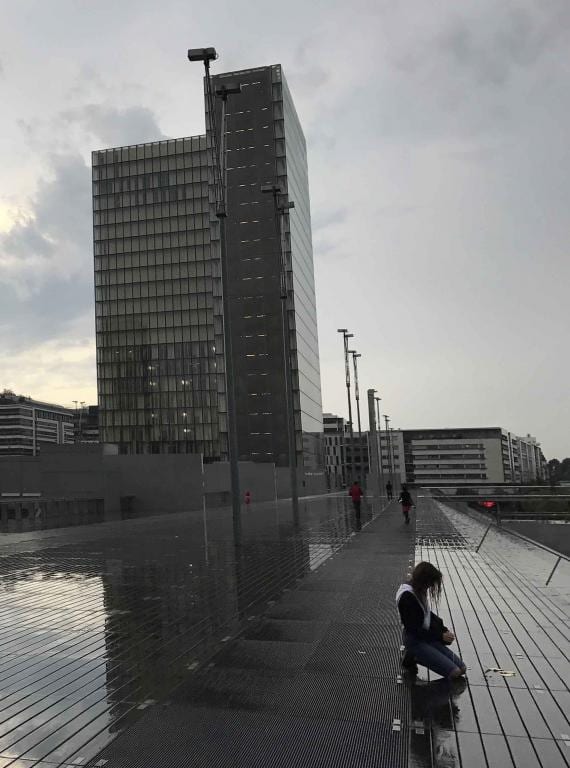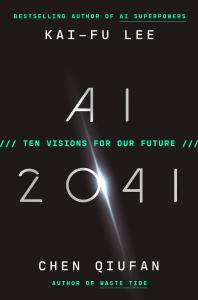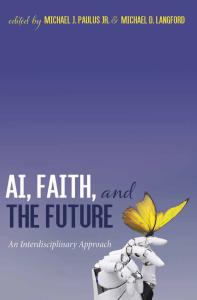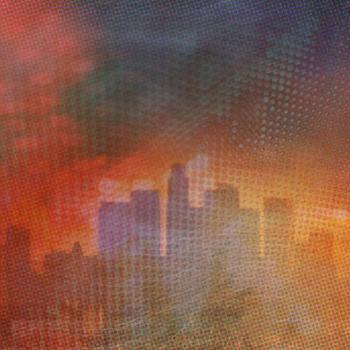This quarter I am teaching an undergraduate class called Digital Futures. I developed my proposal for this course, based on my 9.5 working theses about technology, before the pandemic. At that time, I thought the presidential election would be the most relevant event for reflecting on the present and prospective impacts of emerging technologies. Everything that has happened in the last six months—the pandemic, the related infodemic, the accelerated digital transformation of our lives, and the social inequities and divides highlighted by these disruptions—have made the topic of this class overwhelmingly timely.
During the summer, many organizations shifted from planning for the next few months to planning for the coming year—and beyond. While many of us are still in survival mode, a number of significant changes are being made that will become permanent: the deployment of more digital tools (e.g., smart devices for tracking and surveillance), the development of more digital techniques (e.g., the automation of tasks and decisions), and the dawning of a broader recognition of the digital dimension of our reality (i.e., the blending or merging of our online and offline lives). This is not just a time for thinking about the future—it is a time to ask about the future we are creating.
For some time on this site, I have focused on the concept of eschatology—i.e., views of last or ultimate things—as a resource for thinking about technology and the future. This does not mean detailed prophecies about the future. Rather, I am exploring how views of ultimate goals or ends can open up our imagination to what is promised or possible, and then seeking what may be present now of these hoped-for ends.
A year ago, I wrote a post about Neal Stephenson’s latest novel Fall; Or, Dodge in Hell, which imagines a digitally-enabled afterlife. One of the features I highlighted in Fall is how the realization of the transhuman dream of digitally extending consciousness into “Bitworld” requires humans remaining in “Meatspace” to reimagine human futures. This leads to the establishment of an interdisciplinary research center, ONE: The Organization for New Eschatology. Theology is included among the disciplines; one of ONE’s leaders observes that it “can do duty as a cracked mirror or a smudged lens through which we might be able to glimpse things that are informative” (244).
Perhaps theology can contribute more—and we do not need to wait for imagined technological crises, such as simulated lives or artificial superintelligence, to find out. Previously, I shared Tom McLeish’s argument that theology opens up our imagination to something more than natural or human agency: it considers divine agency and ultimate ends (teloi). “Because theology observes and construes stories,” McLeish says, “it is able to discuss purposes and values—it can speak of, and ground, ‘teleology.’” Our theological narratives, McLeish concludes, can help us understand shared goals, common practices, and “shared experiences of creativity and constraints” (Faith and Wisdom in Science [Oxford, 2014], 214, 248).
Technological futurists have already appropriated images and categories from theological eschatologies, but theology has not yet contributed much constructively to imagining futures shaped by transformative digital technologies such as big data, cloud computing, and artificial intelligence. This is curious given the rich eschatological resources of theological traditions and texts, especially those shaped by the apocalyptic imagination. The book of Revelation, in particular, provides rich images—more poetic than prophetic—of two technological and eschatological cities, Babylon and New Jerusalem.
Babylon, the final human city, is destroyed for its imperial corruption. Its fall is celebrated, for its violent injustices are condemned and come to an end. But its fall is also lamented, for there were good practices and things in the city that have been lost. Cultural activities and artifacts that filled daily life—musicians playing instruments, artisans or artificers of every technical trade working with tools, millers grinding grain, and people lighting lamps and celebrating marriages—have been displaced (Rev 18:22f.). The good news is that we can imagine the greatest of these techniques and tools being carried into the divine city, New Jerusalem, after it descends from the new heaven. Technologies, it seems, will be condemned as works of counter-creation or glorified as works of new creation.
At the intersection of the fall of Babylon and the arrival of New Jerusalem, there is a generative space to imagine technologies of hope operative within initial creation and participating in new creation.

To make that suggestion more concrete, consider the technology of the library. In Between the World and Me, Ta-Nehisi Coates critiques the American “Dream” as the creation of “an empire of humans … built on the destruction of the body.” In his quest for ultimate meaning beyond this version of the Babylonian nightmare, Coates discovers the power of the library to awaken and liberate sleepers from the Dream: “I was made for the library, not the classroom. The classroom was a jail of other people’s interests. The library was open, unending, free” (Spiegel & Grau [2015], 143, 48).
For Coates and many others, the library functions as an eschatological infrastructure enabling the revelation of ultimate meaning and ends. Through the human and technological practices of selection, collection, and mediation of knowledge, the library is oriented to future possibilities as well as past and present realities. Because it projects itself and those who use it into the future, the library can be an agent—and empower human agents—of transformation within and against the imperialistic deformations of the present world. Within Babylon, the library is a power greater than the city and a signpost of better futures that may be realized through the good artificial agents we are capable of creating.












